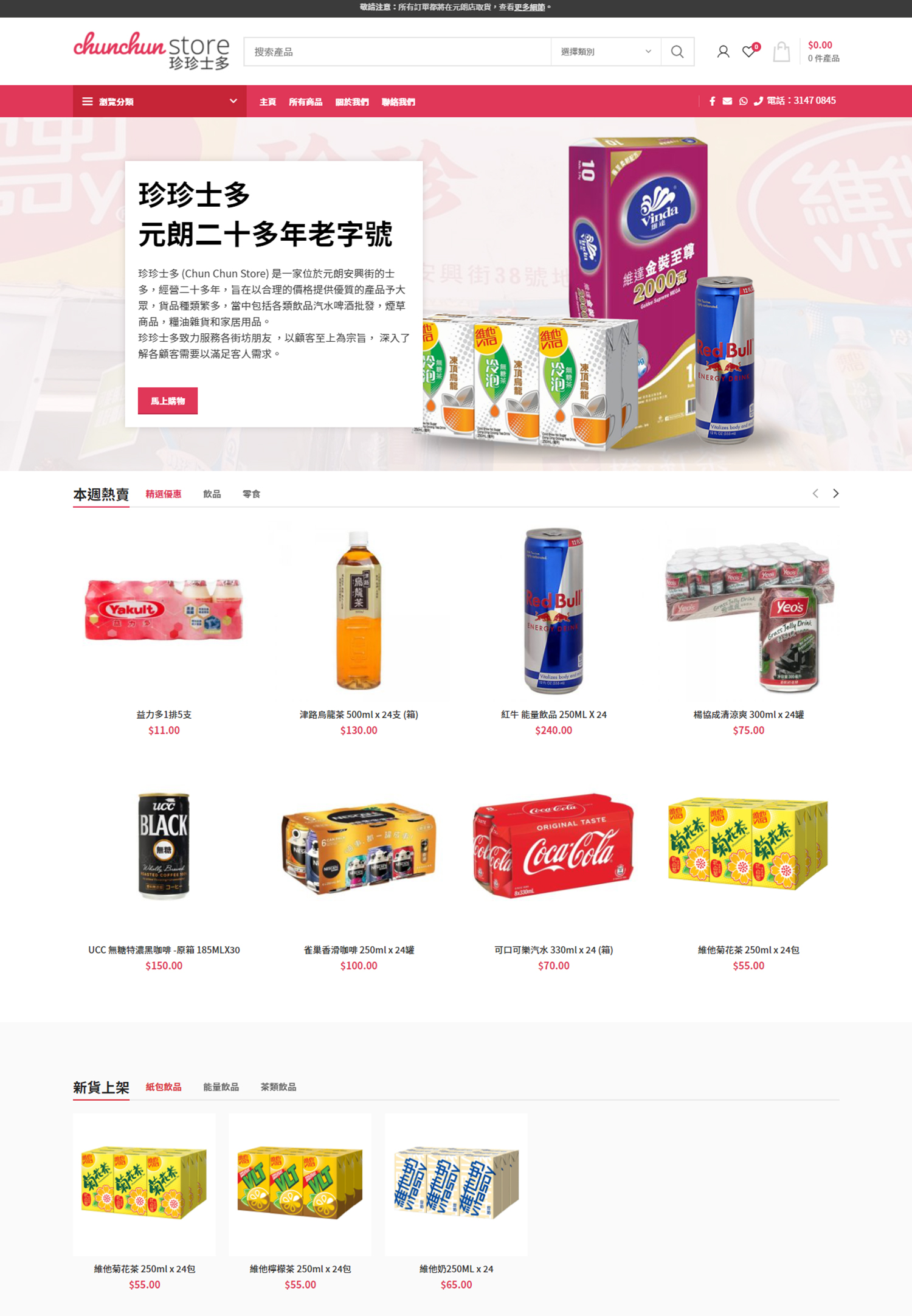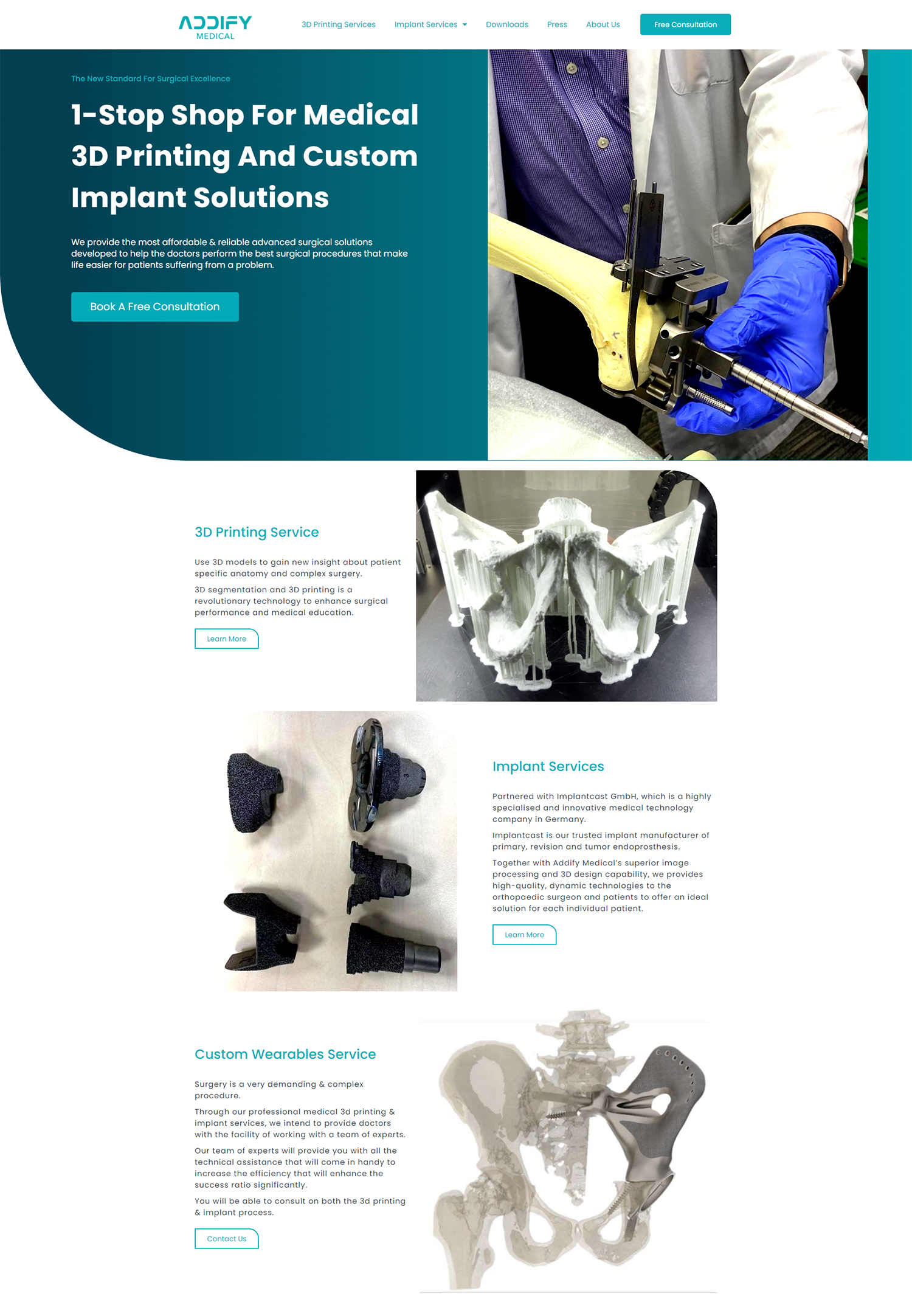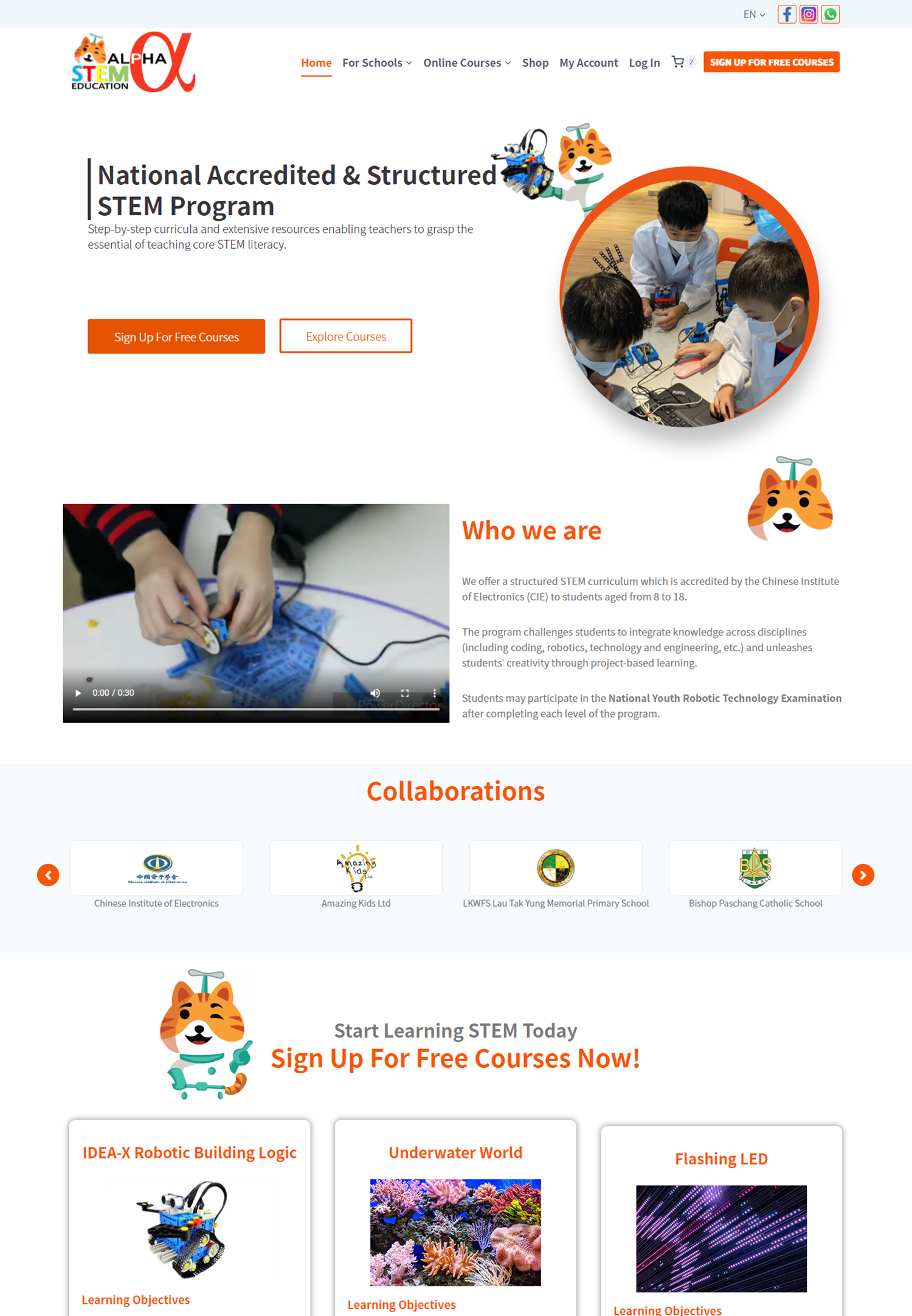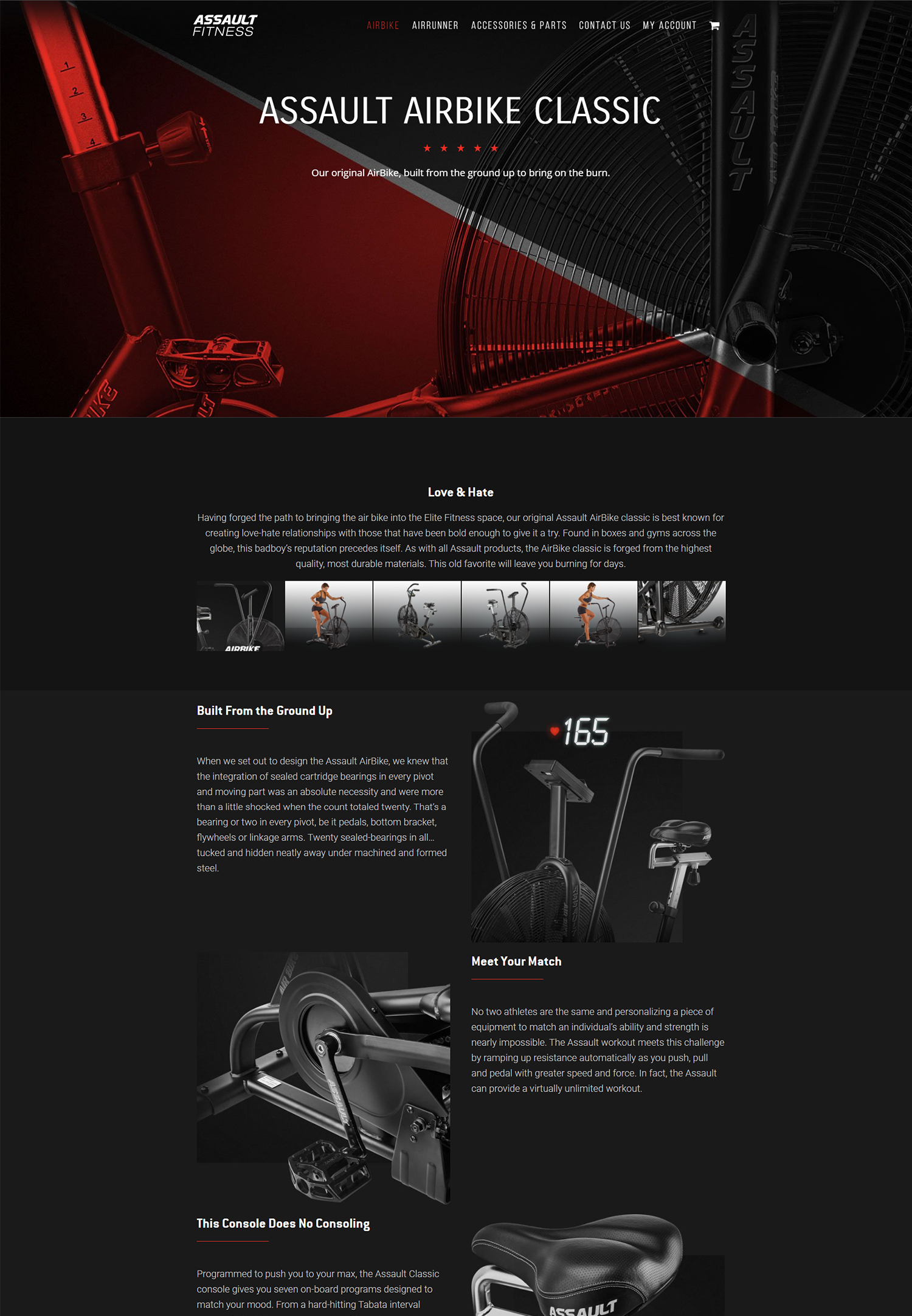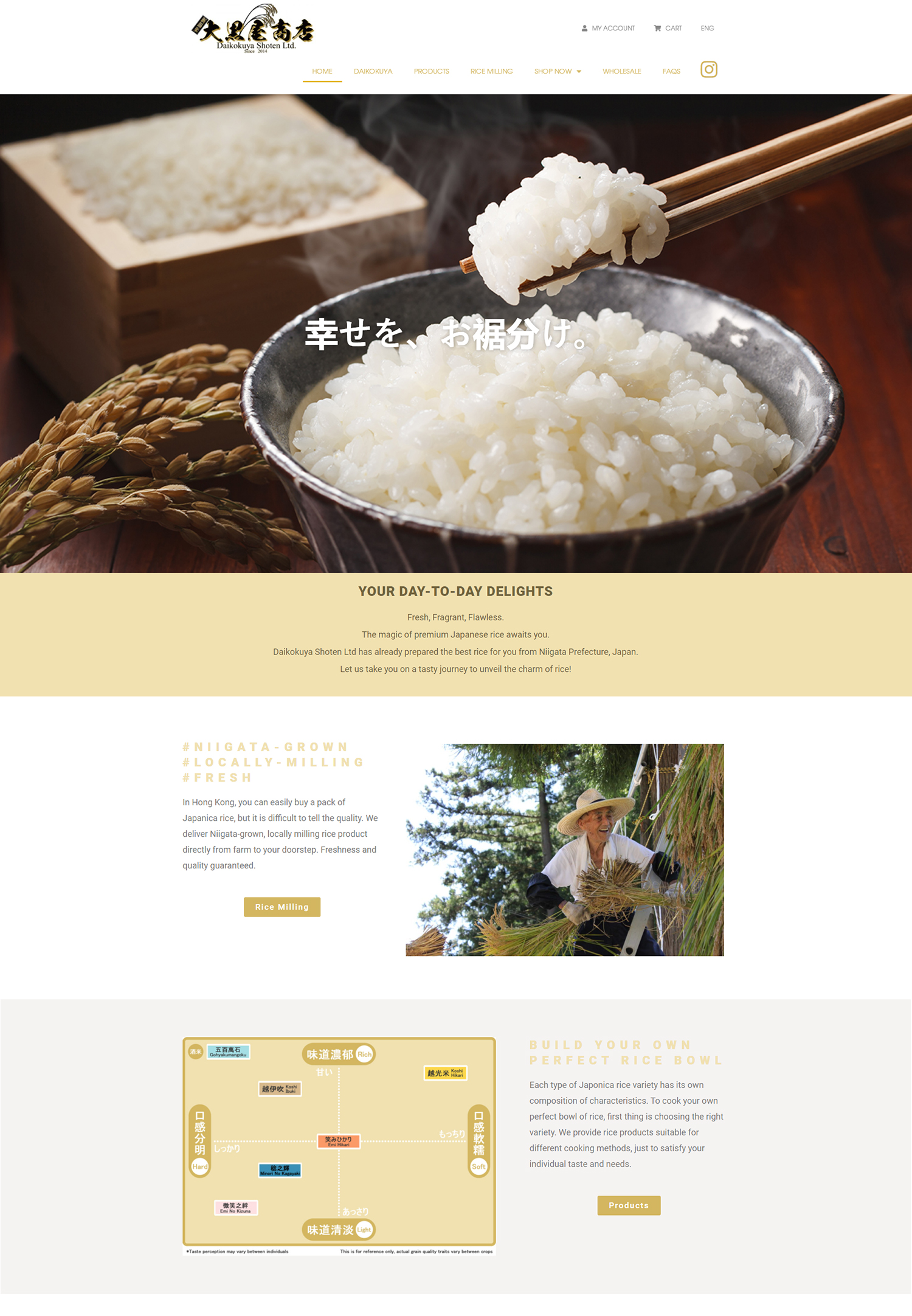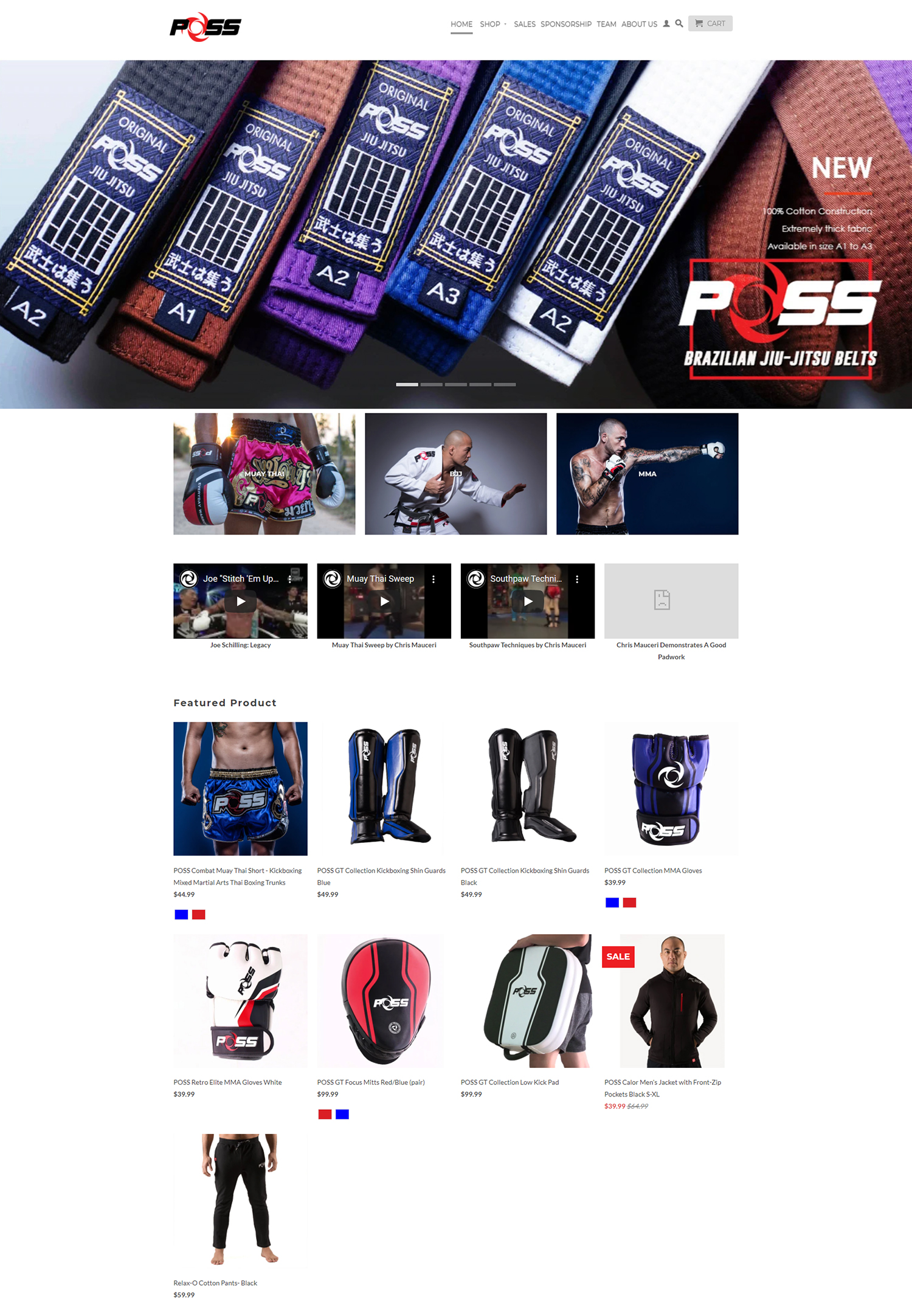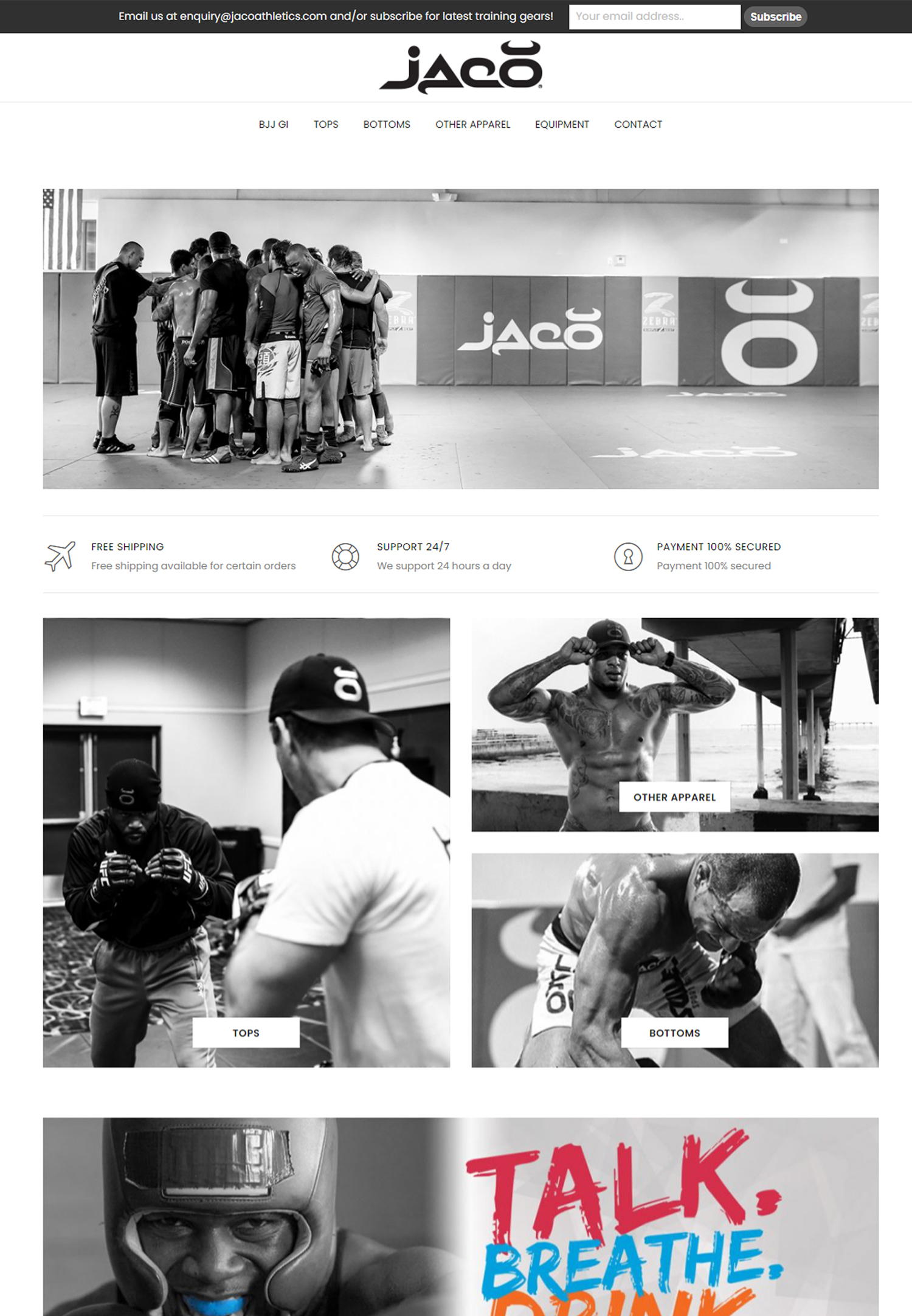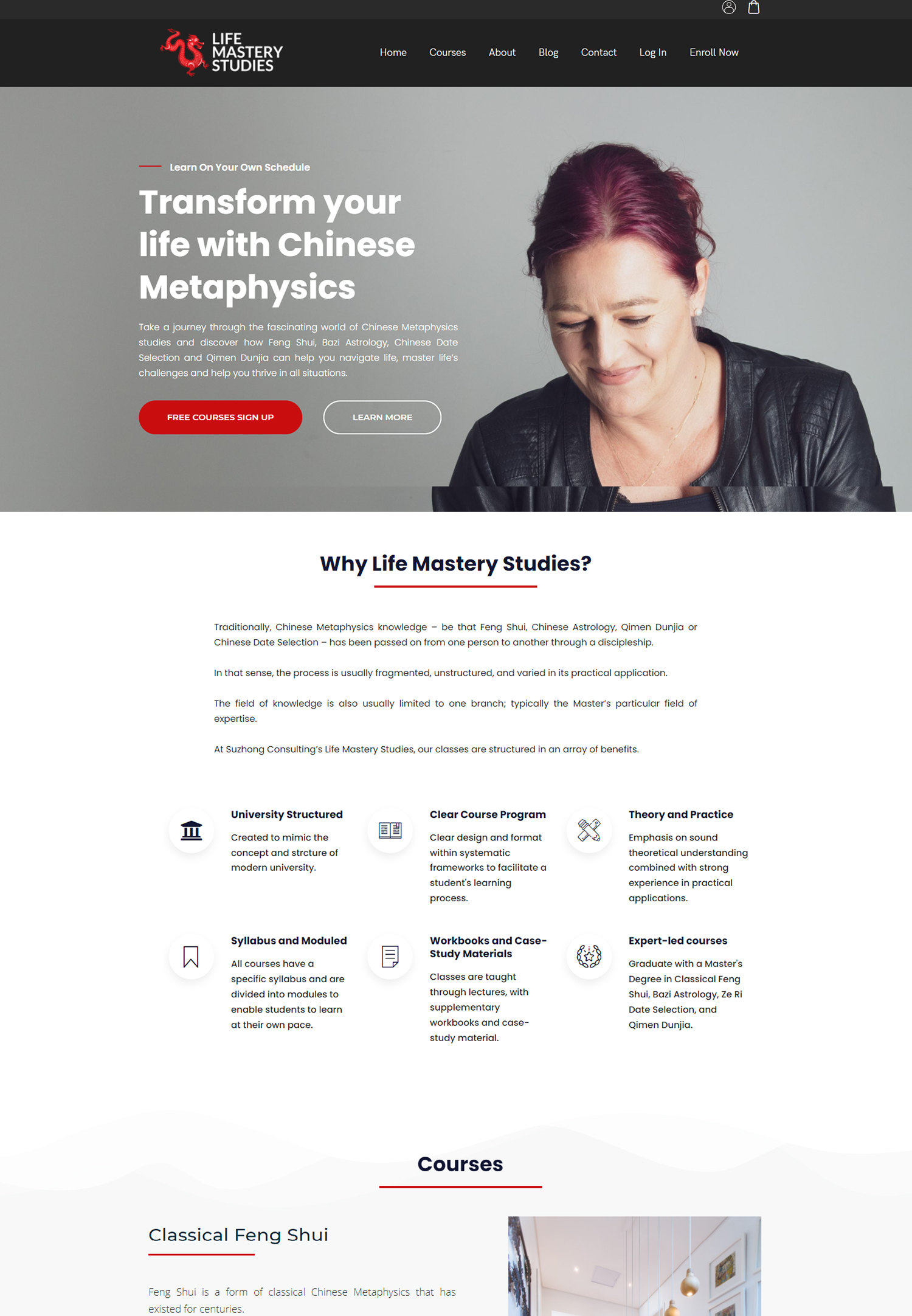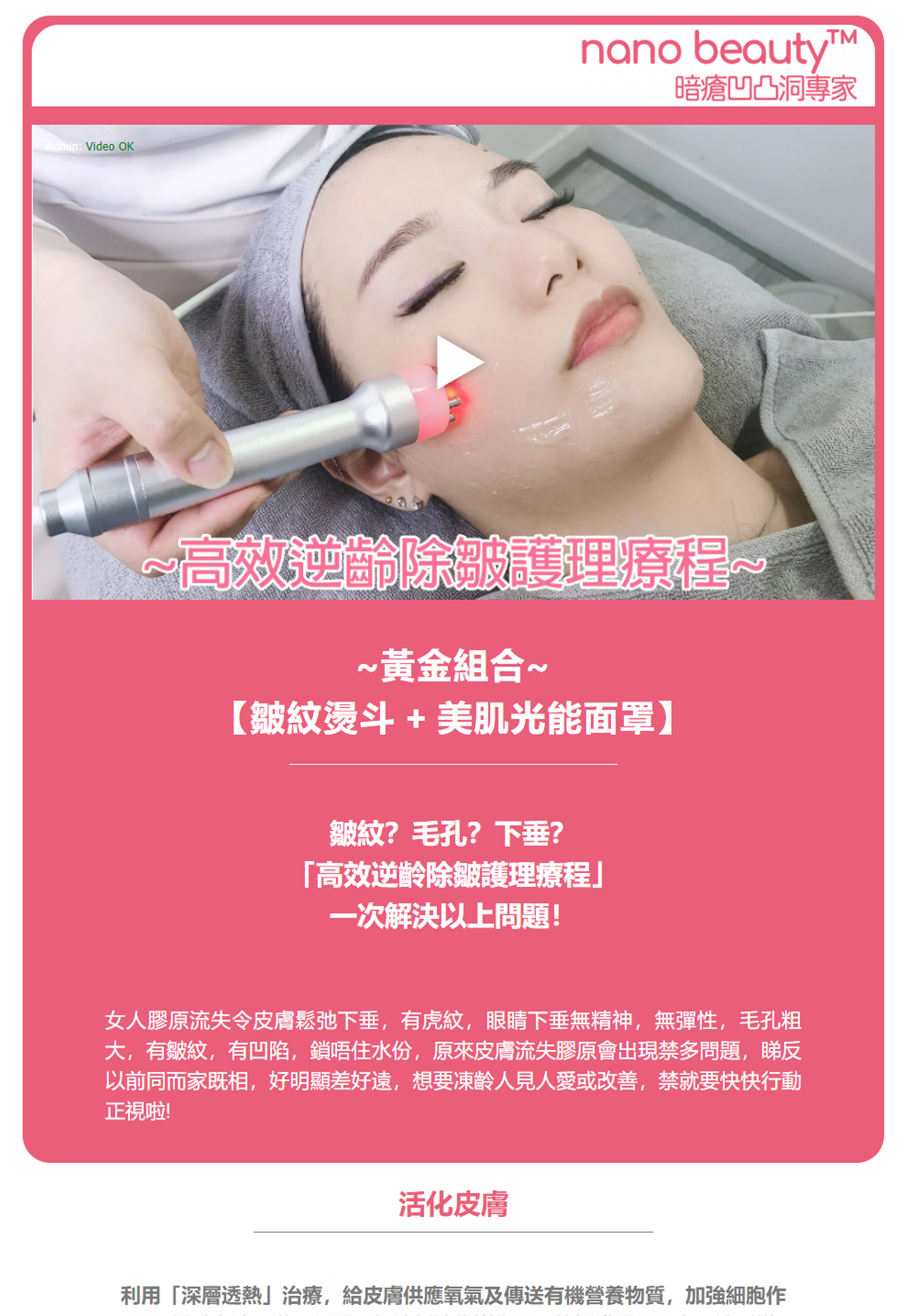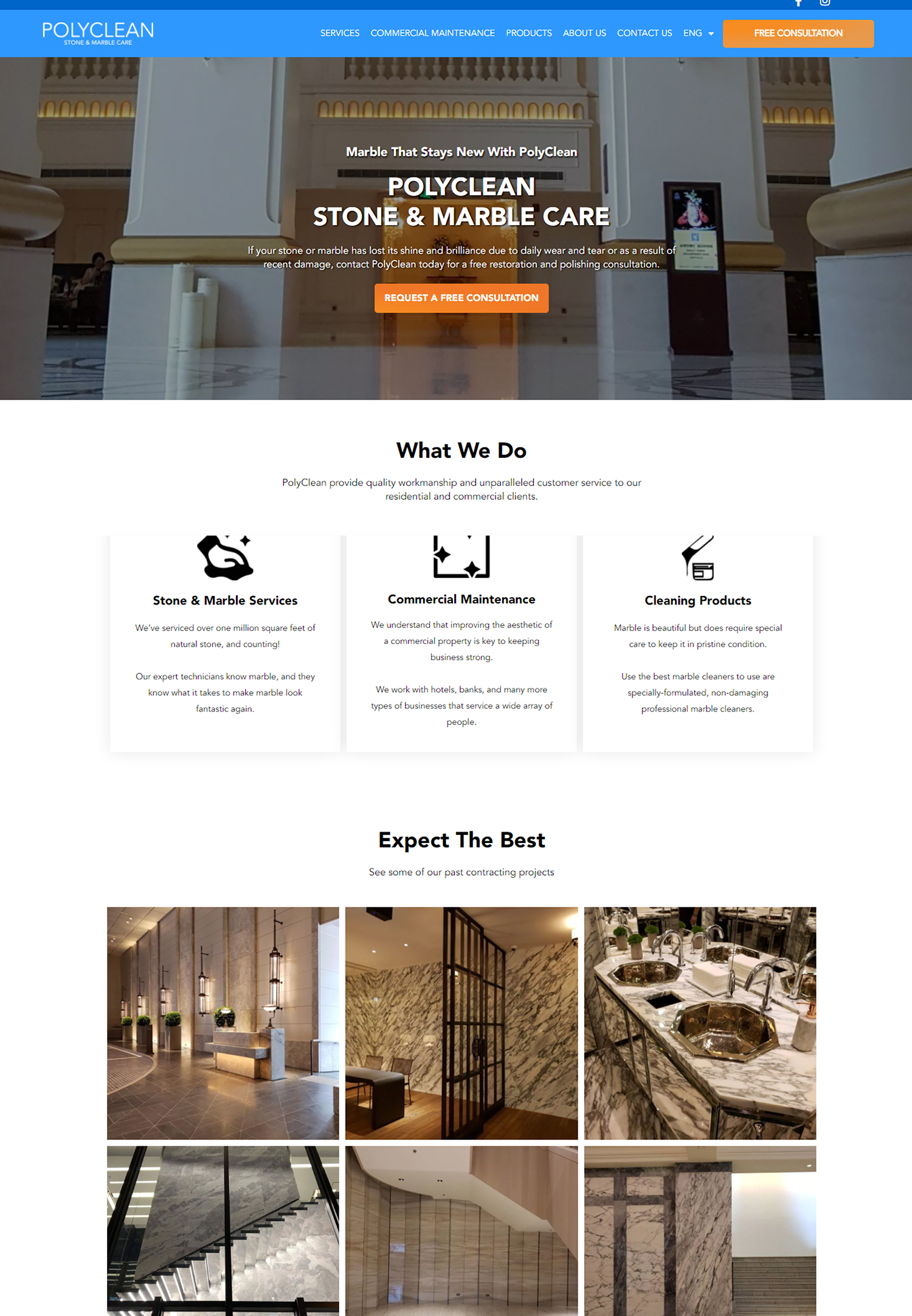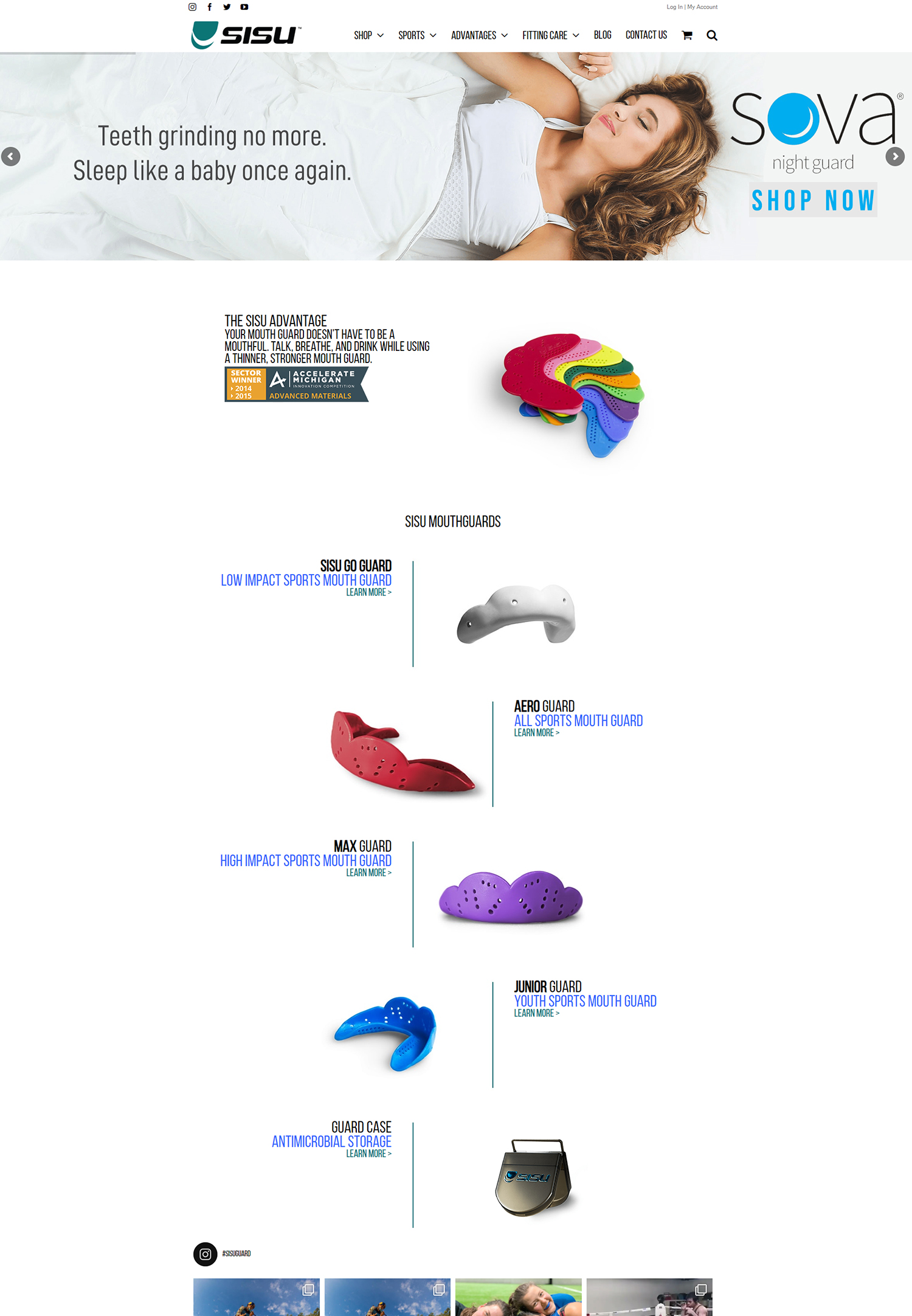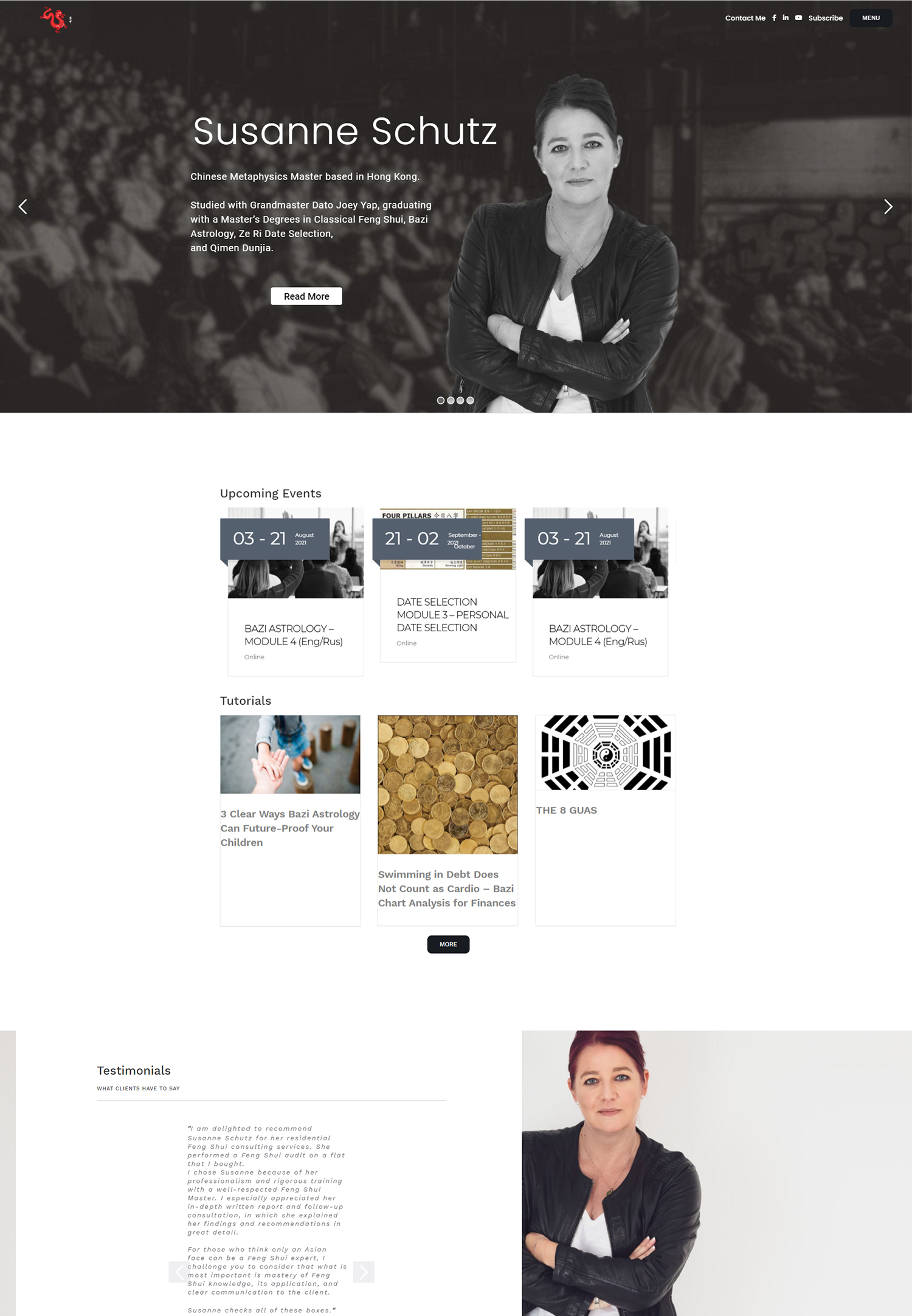When we think about the first impression our content makes, we often realize that it all begins with the headline. A compelling headline serves as the gateway to our message, drawing readers in and piquing their curiosity. It is essential for us to understand that a well-crafted headline can significantly increase the likelihood of our content being read and shared.
We must focus on clarity, intrigue, and relevance, ensuring that our headlines resonate with our audience’s interests and needs. By employing techniques such as using numbers, asking questions, or making bold statements, we can create headlines that not only capture attention but also encourage engagement. Moreover, we should consider the emotional impact of our headlines.
Words have power, and the right combination can evoke feelings that compel readers to click through. We can experiment with different styles and tones, from playful to serious, depending on the context of our content. A/B testing various headlines can also provide valuable insights into what resonates best with our audience.
Ultimately, our goal is to create headlines that not only inform but also inspire action, setting the stage for the valuable content that follows.
Key Takeaways
- Crafting compelling headlines is crucial for grabbing the audience’s attention and enticing them to read further.
- Using storytelling can help engage the audience on an emotional level and make the content more relatable and memorable.
- Understanding the target audience’s pain points is essential for creating content that resonates with their needs and challenges.
- Incorporating social proof and testimonials can build trust and credibility with the audience, making them more likely to take action.
- Creating a sense of urgency in the content can motivate the audience to act quickly and not miss out on an opportunity.
Using storytelling to engage the audience
Storytelling is a powerful tool that allows us to connect with our audience on a deeper level. When we weave narratives into our content, we create an emotional bond that transcends mere information sharing. By presenting our ideas through relatable characters and situations, we can draw readers into a world where they see themselves reflected in the story.
This connection fosters engagement and encourages readers to invest their time and attention in what we have to say. Incorporating storytelling into our content also helps us simplify complex ideas. By framing our messages within a narrative structure, we can break down intricate concepts into digestible pieces.
This approach not only enhances understanding but also makes our content more memorable. As we share stories that resonate with our audience’s experiences, we invite them to become part of the narrative, making them more likely to engage with our message and share it with others.
Understanding the target audience’s pain points
To effectively communicate with our audience, we must first understand their pain points—the challenges and frustrations they face in their daily lives. By putting ourselves in their shoes, we can tailor our content to address these issues directly. This empathetic approach not only demonstrates that we care about their struggles but also positions us as a valuable resource for solutions.
We can conduct surveys, engage in social listening, or analyze feedback to gain insights into what truly matters to our audience. Once we have identified these pain points, we can craft content that speaks directly to them. By offering practical solutions, tips, or advice, we can empower our audience to overcome their challenges.
This not only builds trust but also establishes us as thought leaders in our field. When our audience feels understood and supported, they are more likely to engage with our content and seek out further interactions with us.
Incorporating social proof and testimonials
In a world saturated with information, social proof has become an essential element in establishing credibility and trust. When we incorporate testimonials and case studies into our content, we provide tangible evidence of the value we offer. By showcasing real experiences from satisfied customers or clients, we create a sense of authenticity that resonates with potential readers.
This validation can significantly influence their decision-making process, making them more likely to engage with our offerings. We should also consider the various forms of social proof available to us. From user-generated content on social media to expert endorsements, there are numerous ways to highlight the positive experiences of others.
By strategically placing these elements within our content, we can reinforce our message and encourage readers to take action. Ultimately, social proof serves as a powerful reminder that we are not alone in our journey; others have walked the path before us and found success.
Creating a sense of urgency
Creating a sense of urgency is a crucial tactic in motivating our audience to take action. When we instill a feeling of immediacy in our messaging, we encourage readers to act quickly rather than procrastinate. This can be achieved through limited-time offers, countdown timers, or highlighting scarcity in availability.
By emphasizing that opportunities may not last forever, we tap into a psychological trigger that compels individuals to make decisions swiftly. However, it is essential for us to strike a balance between urgency and authenticity. While we want to encourage prompt action, we must ensure that our claims are genuine and not misleading.
Overusing urgency tactics can lead to skepticism and distrust among our audience. Instead, we should focus on creating meaningful opportunities that genuinely warrant immediate attention while maintaining transparency about what is being offered.
Utilizing persuasive language and power words
The language we use in our content plays a significant role in shaping how our audience perceives our message. By incorporating persuasive language and power words, we can evoke emotions and inspire action. Words like “exclusive,” “proven,” “guaranteed,” and “transform” carry weight and can significantly enhance the impact of our writing.
When we choose our words carefully, we create an atmosphere of excitement and possibility that encourages readers to engage with our content. Additionally, we should be mindful of the tone we adopt throughout our writing. A conversational tone can make us more relatable and approachable, while a more authoritative tone can establish credibility and expertise.
By varying our language based on context and audience preferences, we can create a dynamic reading experience that keeps readers engaged from start to finish.
Leveraging the fear of missing out (FOMO)
The fear of missing out (FOMO) is a powerful motivator that can drive engagement and action among our audience. By highlighting exclusive offers or limited-time opportunities, we tap into this innate fear that many individuals experience when faced with potential loss. When we frame our messaging around what readers stand to gain—or lose—by not taking action, we create a compelling reason for them to engage with our content.
To effectively leverage FOMO, we should be strategic in how we present opportunities. Clear communication about deadlines or limited availability is essential for creating urgency without overwhelming our audience. Additionally, sharing success stories from those who took advantage of previous offers can further reinforce the benefits of acting quickly.
By skillfully incorporating FOMO into our messaging, we can inspire readers to seize opportunities rather than let them slip away.
Implementing a strong call to action
A strong call to action (CTA) is the final piece of the puzzle in guiding our audience toward engagement. After capturing their attention with compelling headlines, engaging storytelling, and persuasive language, it is crucial for us to provide clear direction on what steps they should take next. Whether it’s signing up for a newsletter, downloading a resource, or making a purchase, a well-crafted CTA serves as an invitation for readers to take action.
When designing our CTAs, we should focus on clarity and simplicity. Using actionable language—such as “Get Started Now,” “Join Us Today,” or “Claim Your Offer”—can create a sense of immediacy that encourages readers to act without hesitation. Additionally, placing CTAs strategically throughout our content ensures they are visible at key moments when readers are most likely to engage.
By implementing strong calls to action, we empower our audience to take the next step in their journey with us. In conclusion, by mastering these essential elements—crafting compelling headlines, utilizing storytelling techniques, understanding pain points, incorporating social proof, creating urgency, using persuasive language, leveraging FOMO, and implementing strong calls to action—we can significantly enhance the effectiveness of our content marketing efforts. Each component plays a vital role in engaging our audience and driving meaningful interactions that ultimately lead to success in achieving our goals.
As we continue to refine these strategies, we position ourselves as trusted voices within our industry while fostering lasting connections with those we seek to serve.






